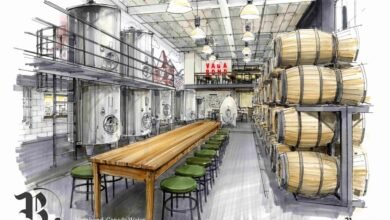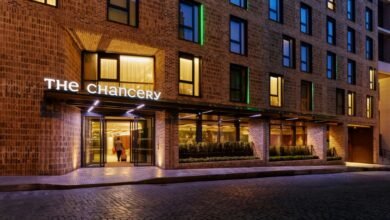
How London’s Underground Tube Delays Affect Marathon Runners: A Study of the Most Congested Race Routes
Millions rely daily on London’s Underground, known as the Tube, to get to work, school, or other important events. But what happens when public transport delays disrupt one of the city’s biggest days, the London Marathon?
Thousands of individuals from around the globe gather annually to take part in the famous 26.2-mile race. Many of them rely on the metro to reach the starting line punctually, but delays can cause stress and even impact performance.
In this article, we’ll explore how such delays affect marathon participants, which routes are most congested, and what runners can do to avoid travel troubles. In the same way, the factors affecting a pre-match betting experience can also be analyzed and studied to prevent unexpected events affecting your wagers.
The Impact of Delays
The marathon takes place in the mornings, with the groups going by between 8.30 AM and 10.40 AM. A majority of the participants travel to the starting point via subway since they are the easiest to access. These include Greenwich Park (where the major race is carried out) and Blackheath (where the wheelchair races take place).
But a number of delays may be caused by weekend engineering, signal failures, and overcrowding. A late arrival of even 15 minutes can result in missing an assigned start time, i.e., a later time slot. This can be disappointing after months of training.
The Stress Factor
Taking part in a marathon is already a stressful activity. The introduction of travel delays raises the pressure, which adversely affects performance. Studies show that this kind of anxiety may cause early fatigue, and sometimes even a bad sense of pace.
Latecomers also risk missing the warm-ups. They might even be stopped from dropping their baggage, further complicating things.
The Most Congested Routes
Not all metro lines are equally busy on race day. Some roads see extreme congestion, leading to longer wait times and packed trains, and here are the worst offenders:
1. The Jubilee Line
The Jubilee Line is a major route for people heading to Greenwich. Stations like London Bridge and Canada Gate become packed with participants. Since it also connects to key tourist spots, it’s often overcrowded even without event traffic. Delays here can cause a domino effect. The people stuck on platforms are forced to find alternatives.
2. The DLR (Docklands Light Railway)
The DLR is another critical route, especially for East Londoners, as stations like Cutty Sark and Greenwich see huge crowds. Unlike the deep-level lines, the DLR has smaller trains, meaning they fill up quickly. Signal issues or unexpected stops can cause major delays. This leaves runners rushing to the start.
3. The Central Line
Participants coming from West London often take the Central Line to connect to other routes, but this train is notorious for delays and overcrowding. On event day, the extra traffic can make this worse.
How To Avoid Delays
There are ways to reduce the risk of being late:
Plan Ahead
- Check Updates: Planned engineering works are published on a daily basis by the Transport for London (TFL). Individuals are advised to visit the online site prior to race day.
- Leave Early: Strive to be there at least an hour before the scheduled time, in case of potential traffic.
- Have a Backup: Have other lines or bus routes in mind, in case of sudden shutdowns.
Alternatives
- Cycling: Some cycle to avoid relying on public transport.
- Walking: If located nearby, walking to the starting area is a relatively stress-free option.
- Ride-Sharing: As a last resort, one can use a taxi or ride-sharing app, but traffic could be heavy.
Source link







